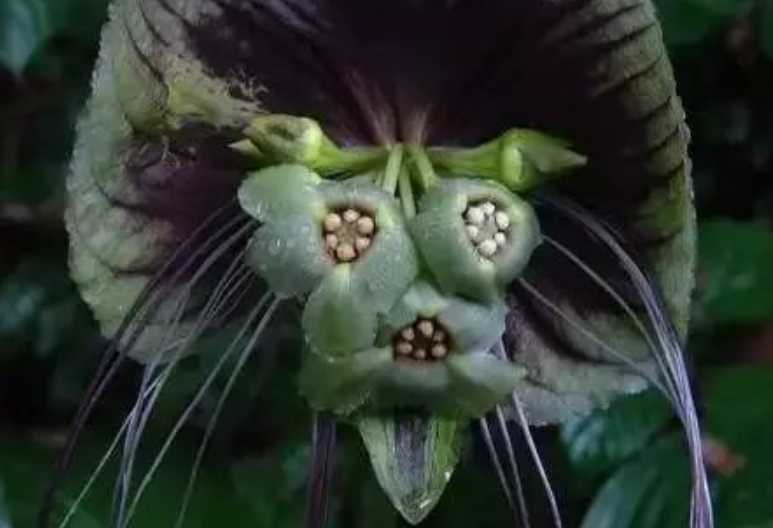Ramphastos ambiguus: The Black-Billed Toucan of South American RainforestsRamphastos ambiguus, commonly known as the black-billed toucan, is a striking medium-sized bird native to the lush rainforests of South America. With its distinctive appearance and ecological role, this species stands out as a charismatic inhabitant of the tropical canopy, where it thrives amidst dense foliage and towering trees.
June 3, 2025, 4:48 pm EDT

Source: Images from the Internet, if there is any infringement, please contact the removal of









